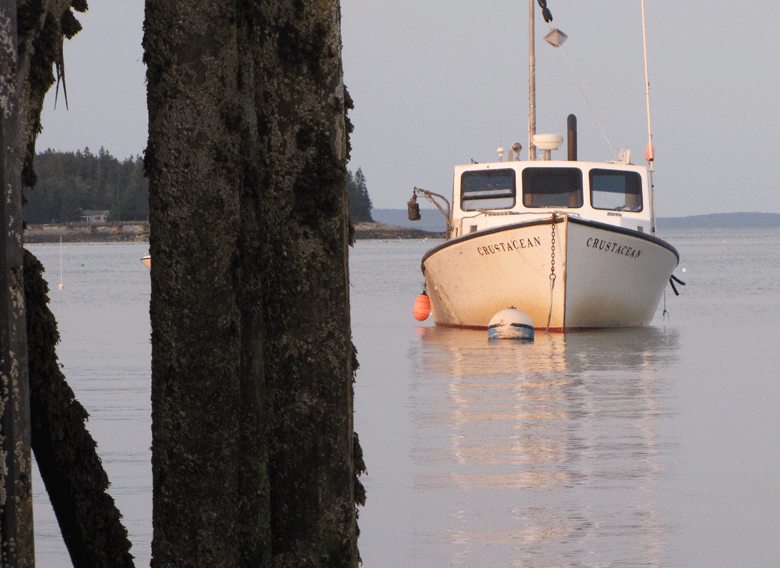The value of Maine’s 2022 lobster fishery was $388 million, a decline of over $353 million compared to 2021. While this is a significant number, the total value of Maine’s lobster landings didn’t exceed $350 million until 2013. In addition, we know that the value of these landings is not distributed evenly across the coast and that some communities are more dependent on the lobster fishery than others.
Which communities are most dependent on the lobster industry, and how can we better connect changes in the fishery on the water—environmental, economic, or regulatory—to understand broader community impacts?
We see at least three places to start this conversation:
• the ports with the highest percentage of lobster landings
• the communities with the greatest number of licenses
• and, more broadly, the communities with the highest participation rate in the fishery
Lobster landings are concentrated in a handful of communities. In 2021, the most recent year port data is available, ten communities accounted for more than 50% of the state’s total lobster landings, with the top four ports, Stonington, Vinalhaven, Friendship, and Beals, accounting for more than 25% of landings. Following were Spruce Head, Portland, Harpswell, Southwest Harbor, Milbridge, Harrington, and Steuben.
This correlation illustrates the vulnerability to economic shocks that communities with a high reliance on lobstering face.
Collectively, 20% of the state’s lobster licenses are tied to five communities. In 2022, Harpswell had 254 licenses, the most of any community in Maine. Deer Isle and Vinalhaven followed with 236 licenses and 220 licenses, respectively. St. George and Friendship rounded out the top five.
More than 200 Maine communities are home to at least one licensed lobsterman. Looking at per capita density of lobster licenses, the top quarter of those towns are east of Boothbay, except for Long Island, Chebeague Island, Harpswell, Phippsburg, Georgetown, and Southport.
Digging deeper, over 10% of the population in 15 communities holds a lobster license. Nine of these are year-round unbridged island communities. The others are Beals, Stonington, Deer Isle, Friendship, Jonesport, and Cutler.
Generally speaking, as you go east and as you go down the peninsulas and out to the islands, communities have a higher percentage of residents with lobster licenses.
In working with Mike LeVert from Stepwise Data Research, our long-time partner on the Island Institute’s Waypoints publications, to understand how this connects to broader socio-economic data, two key trends emerge. When compared to all Maine towns, the 53 communities with the most significant participation in the lobster industry are generally smaller, slower growing, older, poorer, with lower rates of labor force participation, fewer local employment opportunities, and higher rates of self-employment.
This correlation illustrates the vulnerability to economic shocks that communities with a high reliance on lobstering face.
At the same time, when you look at Maine communities with these socio-economic characteristics, the density of a community’s tie to lobstering has a significant positive relationship with the community’s income level. In other words, among communities with a similar structure of population, age, and labor force characteristics, the more robust a connection to the lobster industry within such a community, the higher the community’s income level and the lower its poverty level.
This correlation illustrates the supportive role that lobstering plays in the financial health of relatively small, older communities.
We also know that identifying communities that depend on lobstering is not always straightforward. We are eager to follow work our partners are doing to dive into socio-economic indicators that can help track trends over time and inform the fisheries management process as well as climate adaptation measures. Still, by multiple measures, it is clear the data bears out what we have intuitively known to be true—lobstering plays an essential role in these communities and changes in the fishery will impact the broader communities.
Nick Battista is chief policy officer with the Island Institute, publisher of The Working Waterfront. He may be reached at nbattista@islandinstitute.org.





